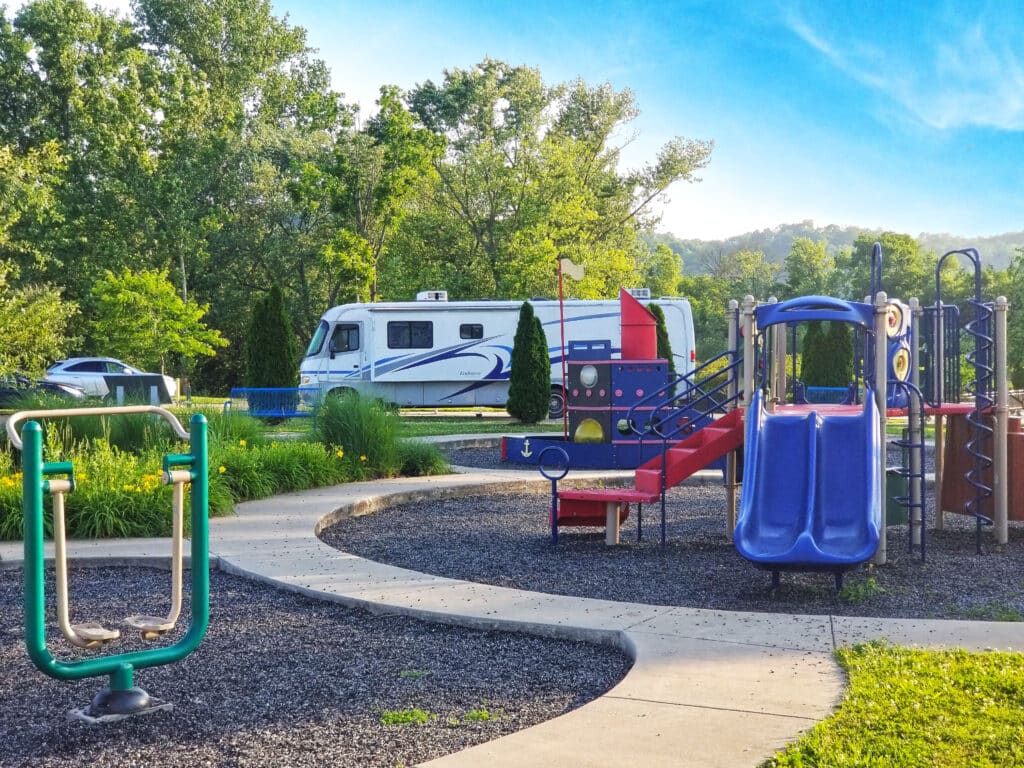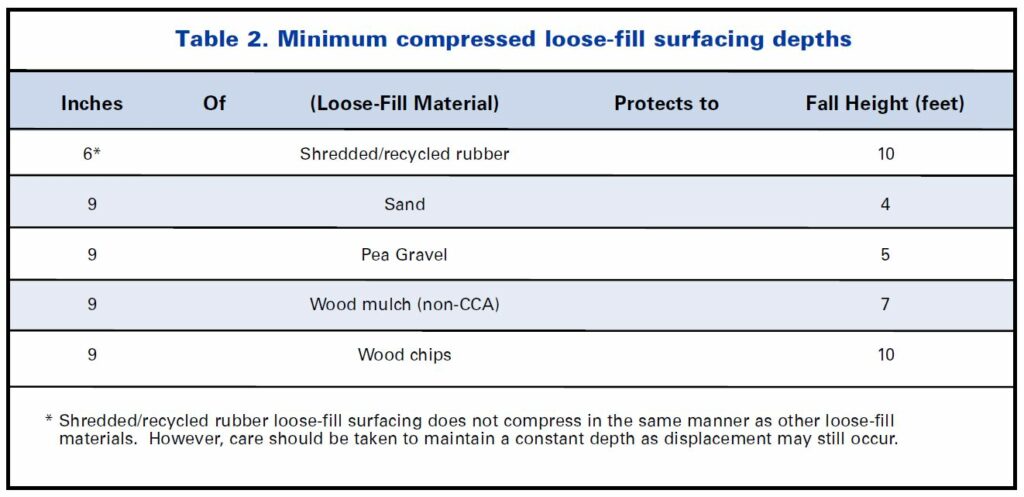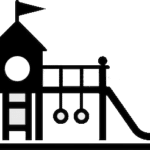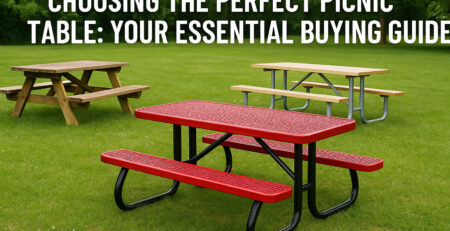 Playground Safety
Playground Safety
No matter how hard you try, kids will be kids. They will always find new and innovative ways to test the system, and lets face it, not all are safe. And while a scraped knee or bruise can be brushed offed, its important to eliminate the risks of serious harm. With active supervision and some basic safety tips, every day at the playground can be a walk in the park.
The Hard Facts
Falls are the most common type of playground injury, accounting for more than 75 percent of all playground-related injuries. According to the Consumer Product Safety Commission, each year, more than 200,000 children are admitted to the emergency room with injuries associated with playground equipment. More than 20,000 of these children are treated for a traumatic brain injury, including concussions.

Adult Supervision
Attentive adult supervision can be one of the most successful tips for injury prevention.
Focused supervision helps enforce playground rules and minimizes unauthorized use of the equipment.
Supervisors should periodically inspect the grounds and equipment for any hazards. Any safety violations found should be immediately reported the the appropriate channels.
Age Appropriateness
Know your audience! If you run a daycare your probably need to pick a playground designated for 2-5 year olds. Whereas, a public park may want to pick a 2-12 or 5-12 in order to target a larger age range of kids.
Separating active play areas (ie: swings) is generally a good idea as it allows for a safer buffer zone to limit accidental impacts. Its also necessary to create separate designated play areas for the various age groups (2-5 and 5-12).
Because children develop differently at various ages, playgrounds should be designed with age appropriateness in mind. It is recommended to be proactive in selecting age appropriate equipment. Planning should make note of different areas for the different ages groups of children.
Playground Design
The proper “use zone” around equipment should be established. While there are acceptations, each piece of equipment must have a 6′ clearance zone around it. This allows a safety buffer allowing for entering and exiting equipment in addition to a clear area in case of falls.
Carefully measure the total amount of free space you can offer for the playground. Keep in mind the use zone every piece of equipment will need. Lastly, its also important to measure upwards to determine overhead clearances.
Pathways linking areas should provide an unobstructed route of travel allowing for accessibility as well as giving supervisors a larger scope of view.
Surfacing
Playground surfacing is a MUST have for any piece of playground equipment. In the case of a fall the surfacing will keep kids safe by absorbing impact from falls.
loose fill options are the most economical and popular choices. These include playground mulch, rubber nuggets, pea gravel & sand.









Leave a Reply
You must be logged in to post a comment.